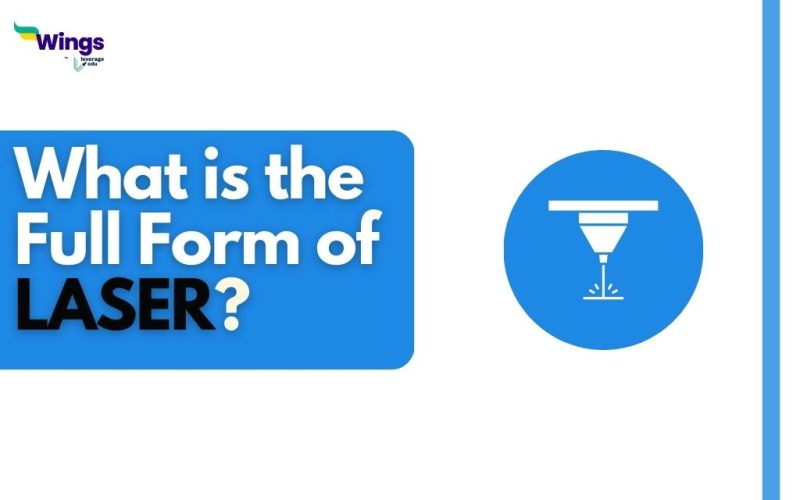LASER full form is Light Amplification by Stimulated Emission of Radiation. It refers to a device that radiates electromagnetic waves in the form of light. These lights are emitted through the process of optical amplification. These lights are extremely weak and coherent in nature. Light emitted through LASER absorbs a minute portion of ultraviolet (UV), visible, or infrared light. Some of the key application areas of this electromagnetic device include the medical, military, and information technology (IT) sectors.
Also Read: Waves Class 11 Notes
Types of LASER
Table of Contents
Light Amplification by Stimulated Emission of Radiation is classified on the basis of applications and wavelength. Here are some of the common LASER tyes:
- Chemical LASER
- Gas LASER
- Dye or Liquid LASER
- Excimer LASER
- Semiconductor LASER
Properties of LASER
Some of the key properties of a Laser beam are as follows:
- High Output
- Efficient Directivity
- Monochromatic
- Superior coherence
Also Read: Electric Potential
Working Principle of LASER
A simple laser consists of a chamber called the cavity. It is designed to reflect waves of visible, infrared, or ultraviolet light to strengthen each other. The cavity can contain liquids, solids, or gases, and the material used determines the output wavelength. There are mirrors at both ends of the cavity, with one mirror being fully reflective and the other partially reflective, allowing 5 per cent of the light to pass through. External energy is pumped into the cavity to initiate the process. The waves bounce back and forth between the mirrors, reinforcing each other due to the cavity’s length. Eventually, coherent electromagnetic waves are emitted through the partially reflective mirror, resulting in a laser output with a coherent beam of electromagnetic energy where both waves have the same phase and frequency.
Also Read: Class 10 Electricity Notes
Applications of LASER
A laser beam is used for multiple applications. Depending on the characteristics of a laser beam, it can be used for the following applications:
- Lasers are used in computer-based devices such as Barcode Scanners, Compact Disc (CDs), and Digital Video Disc (DVDs)
- In addition, these are used in machinery like soldering, drilling, welding, surface treatment, and cutting equipment
- Furthermore, lasers are deployed in medical devices like cosmetic treatment and dental treatment equipment
- Other application of laser includes nuclear fusion reactors and anti-missile devices and DNA sequencing
- Moreover, Lasers are used for free-space optical communication and in fibre-optic
Also Read: Class 10 Sources of Energy Notes
This was all about the LASER Full Form. Visit our Full FormPage to discover more intriguing articles about full forms. You can also get a consolidated list of 300+ full forms here! Get in touch with the experts at Leverage Edu in order to kickstart your study abroadjourney!
 One app for all your study abroad needs
One app for all your study abroad needs













